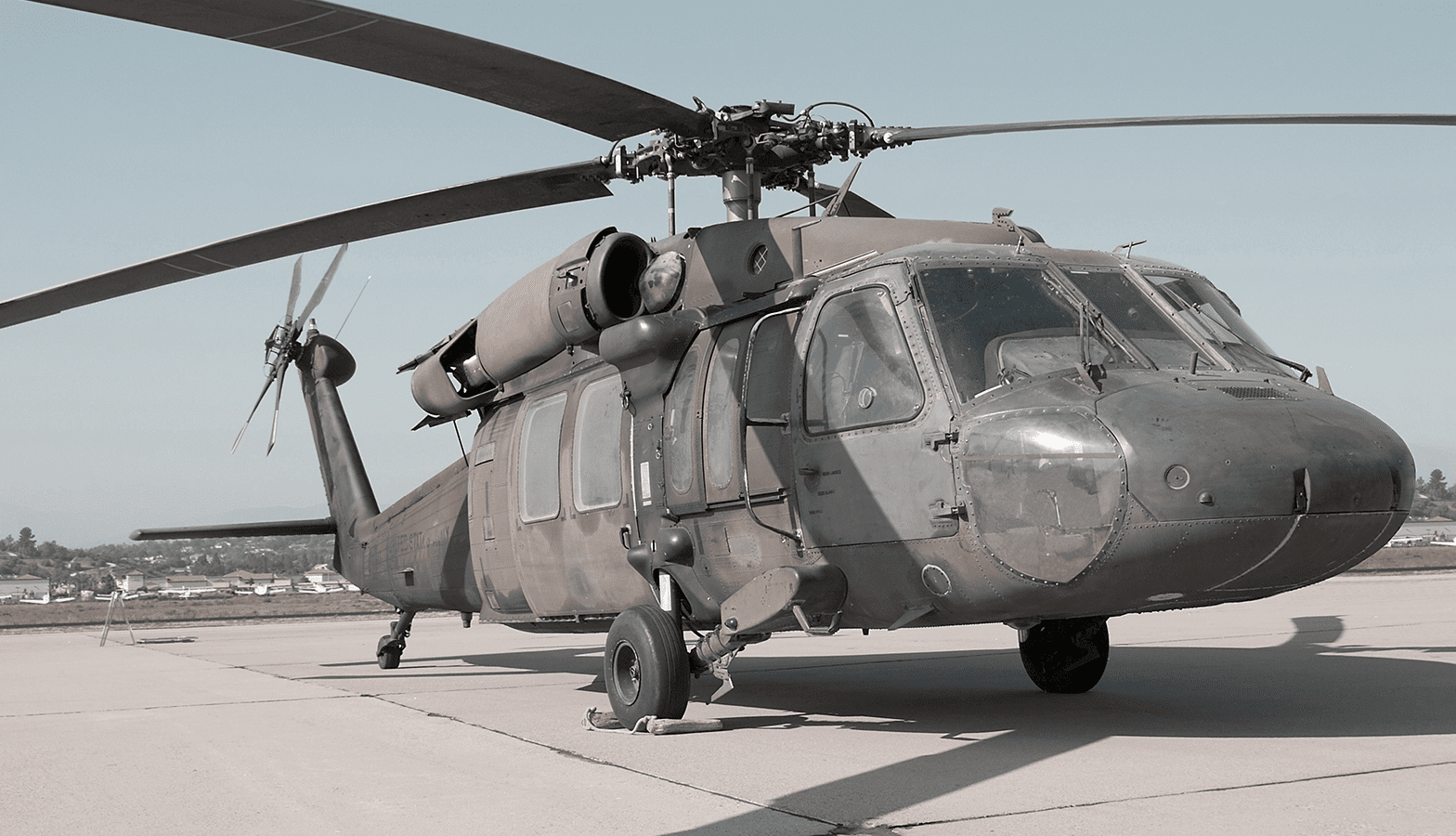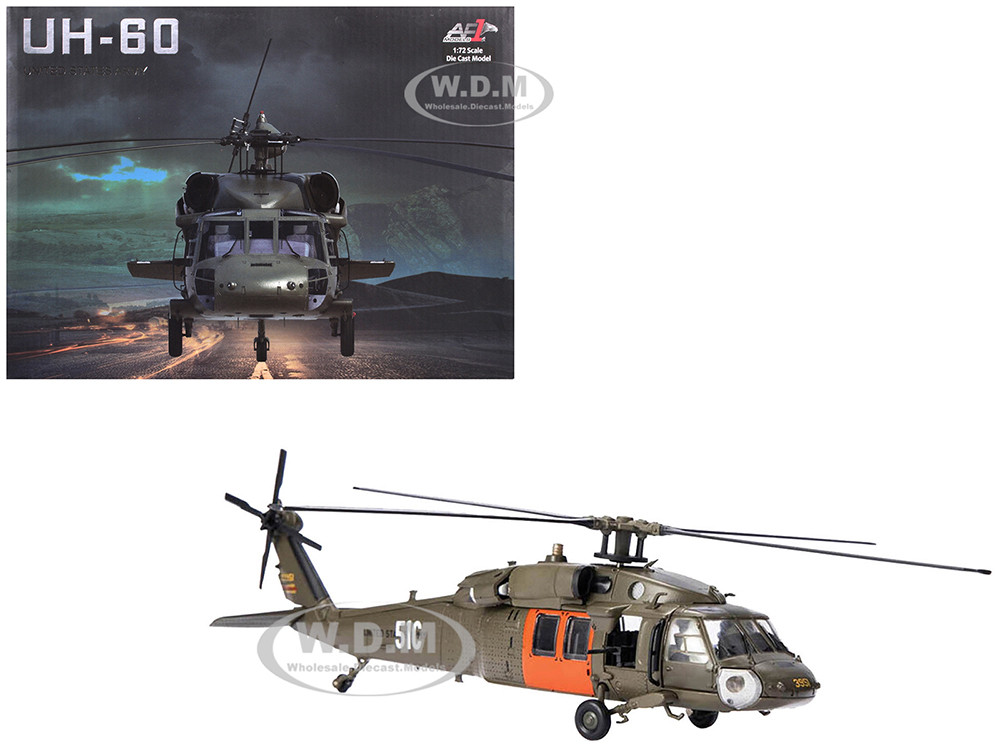The UH 60’s Enduring Legacy in Military Aviation and Its Global Impact
The UH 60’s Enduring Legacy in Military Aviation and Its Global Impact
Blog Article
Exploring the Background and Advancement of the UH 60 Helicopter

Beginnings of the UH-60
The origins of the UH-60 helicopter can be mapped back to the late 1960s, a duration noted by the demand for a flexible energy airplane that can adjust to the evolving demands of contemporary warfare. The U.S. Army acknowledged the need for a substitute for the older UH-1 Iroquois, which was ending up being significantly insufficient for the intricacies of contemporary combat scenarios. In 1967, the Military started the Utility Tactical Transportation Airplane System (UTTAS) program, which looked for to establish a multi-role helicopter efficient in different missions, including army transportation, clinical discharge, and logistical support.
The layout competition attracted a number of aerospace producers, however it was Sikorsky Aircraft Corporation that eventually secured the contract in 1972. The UH-60 Black Hawk was presented, showcasing cutting-edge style aspects and advanced technology that set it apart from its predecessors. Its initial trip took place in 1974, and the airplane was formally adopted by the Military in 1979. The UH-60 rapidly gained acknowledgment for its durable performance, integrity, and flexibility, paving the way for its substantial usage in military procedures and solidifying its condition as a foundation of united state Military aviation.
Key Style Features
Ingenious layout features of the UH-60 Black Hawk dramatically contribute to its functional effectiveness. Among the most significant facets is its twin-engine configuration, which boosts reliability and supplies a greater power-to-weight ratio, enabling the helicopter to do under numerous conditions. The aircraft's four-blade major rotor system uses boosted lift and maneuverability, essential for tactical goals.

In addition, the cabin is made for ideal exposure and functional designs, including sophisticated avionics that simplify pilot operations. The modular design of the UH-60 allows for simple upkeep and flexibility, making it ideal for various objective accounts, from army transport to medevac procedures. These essential layout features make sure that the UH-60 Black Hawk remains a reliable and flexible asset in armed forces aeronautics, with the ability of fulfilling the demands of modern-day war.
Technological Innovations
Current technological developments in the UH-60 Black Hawk have actually significantly improved its operational capacities and flexibility. The combination of innovative avionics, such as digital trip control systems and enhanced situational understanding screens, permits pilots to operate with enhanced precision and effectiveness. These systems promote enhanced navigating, interaction, and information sharing, enabling the helicopter to operate successfully in diverse environments.
Additionally, the introduction of composite products has reduced the overall weight of the aircraft while maintaining structural stability. This reduction improves fuel performance and extends operational range. The incorporation of sophisticated blades modern technology, consisting of the usage of four-blade, completely articulated blades systems, has enhanced lift performance and maneuverability, enabling for better handling in various flight conditions.

Moreover, improvements in propulsion systems, such as the T700-GE-701D engines, have enhanced power output and reliability - uh 60. These engines add to exceptional efficiency in hot-weather and high-altitude problems
Lastly, the integration of find out self-defense systems and enhanced sensor packages boosts the Black Hawk's survivability and mission effectiveness. Collectively, these technical renovations ensure that the UH-60 Black Hawk stays a vital property in contemporary aviation, qualified of adapting to the evolving needs of armed forces and altruistic missions.
Function in Military Workflow
As the foundation of U.S. Military aviation, the UH-60 helicopter plays a vital role in numerous armed forces procedures, functioning as a flexible platform for fight support, transportation, and medevac objectives - uh 60. Its design includes the capability to operate in diverse settings, making it vital for army motion and logistical support in both standard and unique war

In clinical emptying situations, the UH-60 has confirmed very useful, significantly decreasing the moment to move injured soldiers from the battleground to clinical facilities. Its innovative avionics and night vision capacities additionally make sure goal success under difficult conditions. On the whole, the UH-60 helicopter stays an essential asset, constantly adapting to satisfy the evolving demands of military procedures and improving the effectiveness of united state forces worldwide.
Future of the UH-60
Looking in advance, the future of the UH-60 helicopter includes significant developments in technology and capabilities developed to enhance its functional efficiency. As army operations advance, the UH-60 is expected to include advanced technologies, including boosted avionics, enhanced tools systems, and progressed communication devices. These enhancements will certainly enable higher situational recognition and mission versatility, ensuring that the UH-60 stays an essential asset on the combat zone.
One remarkable advancement is the assimilation of fly-by-wire systems, which will certainly improve flight control accuracy and decrease pilot workload. Initiatives to update the airframe and engines intend to raise variety, payload, and speed ability, thereby expanding the helicopter's operational scope.
The future also holds promise for enhanced interoperability with unmanned aerial systems (UAS), allowing worked with objectives that utilize both manned and unmanned capacities. Additionally, the incorporation of artificial knowledge and artificial intelligence could enhance trip characteristics and maintenance procedures, resulting in reduced functional prices.
Conclusion
The UH-60 Black Hawk helicopter stands for a significant accomplishment in military aviation, evolving from the united state Military's preliminary demands for a versatile energy airplane. Its cutting-edge layout attributes and constant technological advancements have actually guaranteed its importance in different military procedures over the years. As the demands of contemporary warfare adjustment, the future of the UH-60 will likely include further improvements and adjustments, reinforcing its standing as an important property for armed important link pressures worldwide.
The UH-60 Black Hawk helicopter stands for a significant milestone in military aeronautics, emerging from the United state Army's quest for a more functional and trusted energy aircraft in the late 20th century.The beginnings of the UH-60 helicopter can be traced he has a good point back to the late 1960s, a duration noted by the demand for a flexible utility aircraft that can adapt to the advancing demands of modern-day warfare. Generally, the UH-60 helicopter remains a crucial asset, constantly adapting to satisfy the evolving demands of armed forces operations and improving the performance of U.S. pressures worldwide.
Looking in advance, the future of the UH-60 helicopter involves considerable advancements in innovation and capacities designed to improve its functional effectiveness.The UH-60 Black Hawk helicopter represents a considerable success in armed forces aviation, advancing from the United state Military's initial demands for a functional utility aircraft.
Report this page